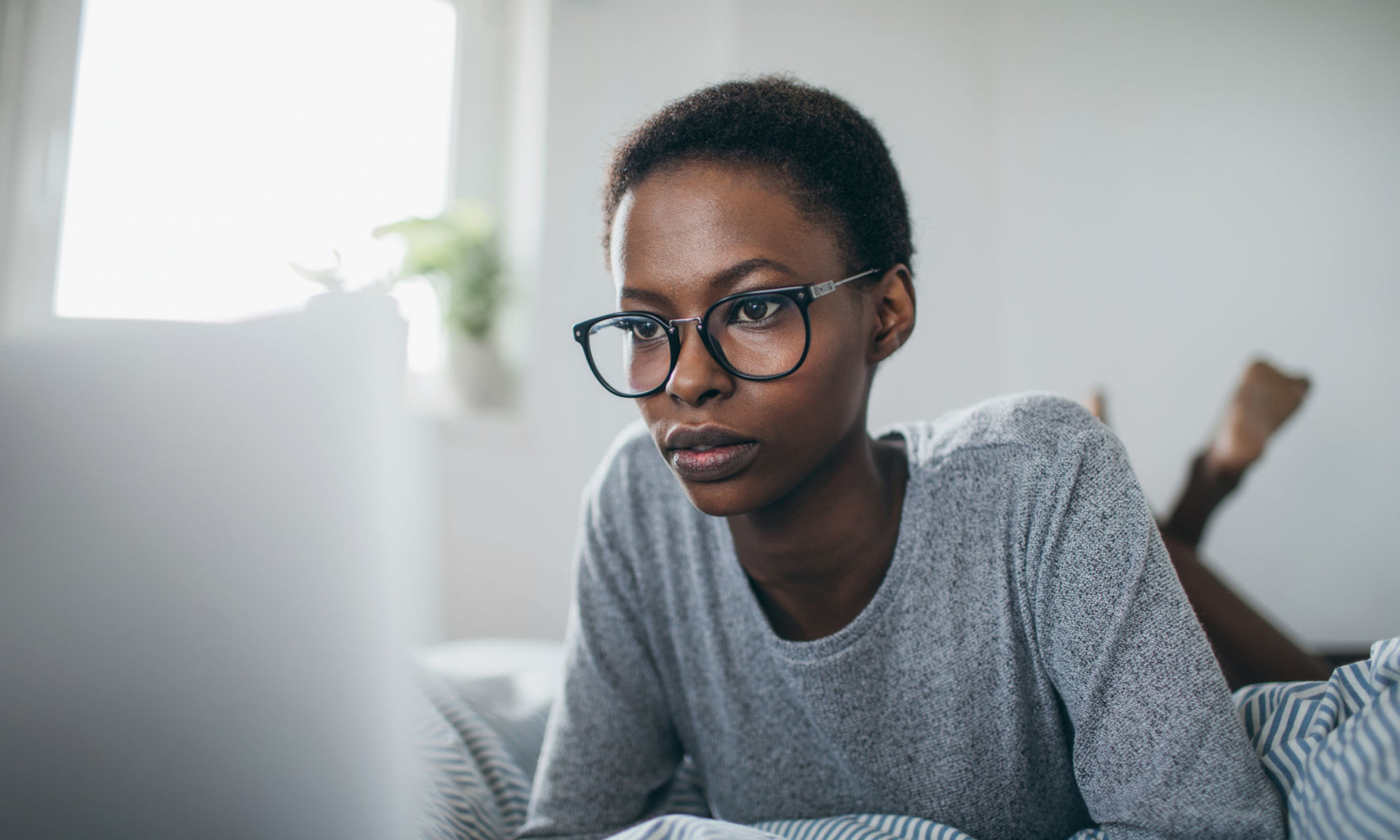
""If you see that the lens is pretty much clear, even light yellow, it's probably not blocking out most of that light," says Banik. Best to opt for darker-tinted lenses (think amber, orange, or even a deep red) to completely block out the blue light. That's not to say clear lenses don't help at all, but if you really want to up the ante, you might want to invest in a pair of ambers."
"If you do already own a set of clear lenses, though, Banik does offer another trick to tell whether the glasses actually do their job well: "Put them on, then look at your screen at something that's blue. If you can still see that color blue, it means that it's not really blocking the blue light." On the flip side, if blue tones on your screen have an orangy hue, this means the lenses effectively omit the wavelength."
Screen time rose sharply during the pandemic due to remote work and virtual social activities. Blue-light-blocking glasses aim to filter LED-screen blue wavelengths but vary widely in price and effectiveness. Lens tint predicts filtering ability: clear or lightly yellow lenses typically block little blue light, while amber, orange, or deep red tints block more of the blue spectrum. A practical test is to wear the lenses and view a blue area on a screen; visible blue indicates poor blocking, while an orangy shift indicates effective omission of the blue wavelength. Tint and a simple visual test help evaluate performance.
Read at mindbodygreen
Unable to calculate read time
Collection
[
|
...
]